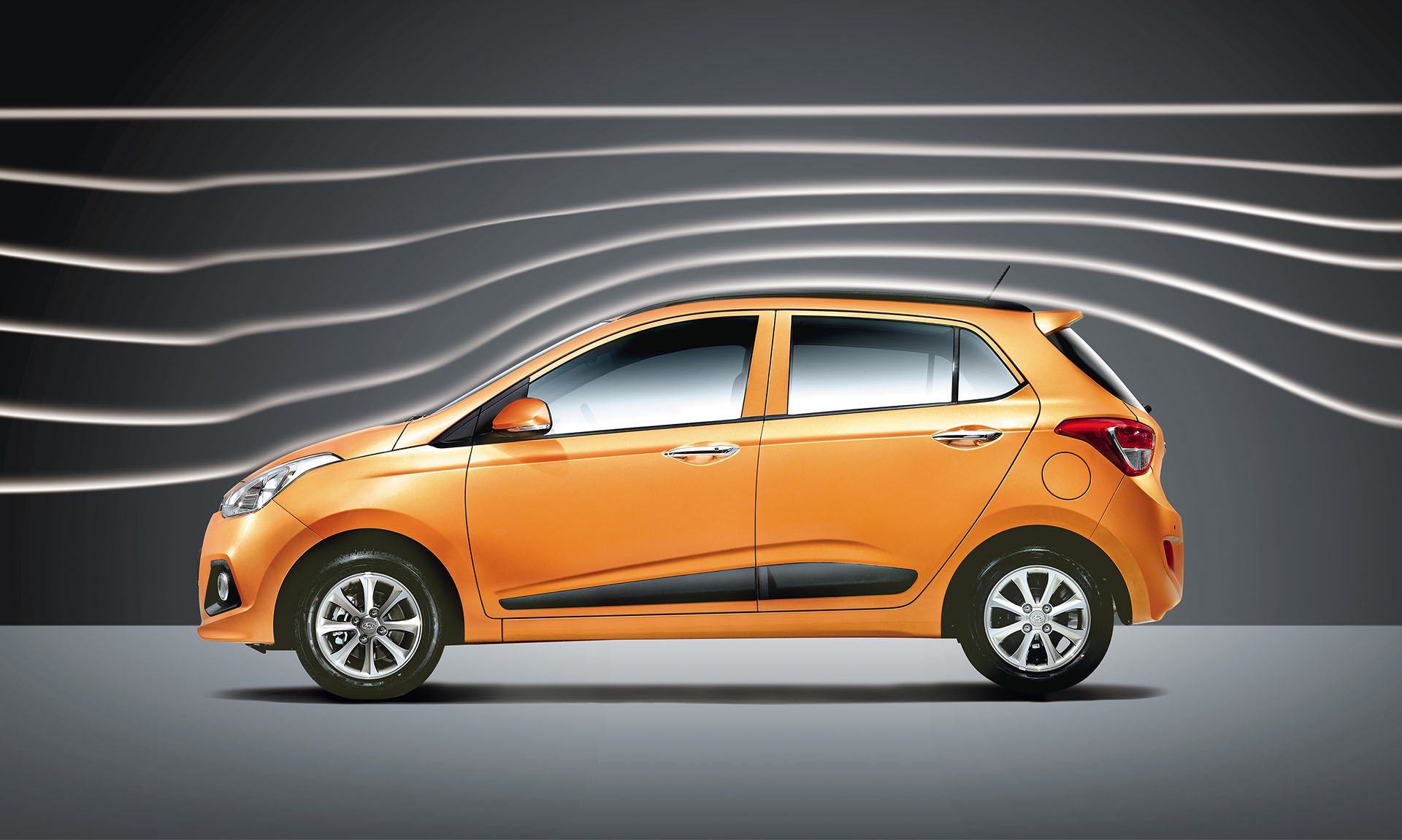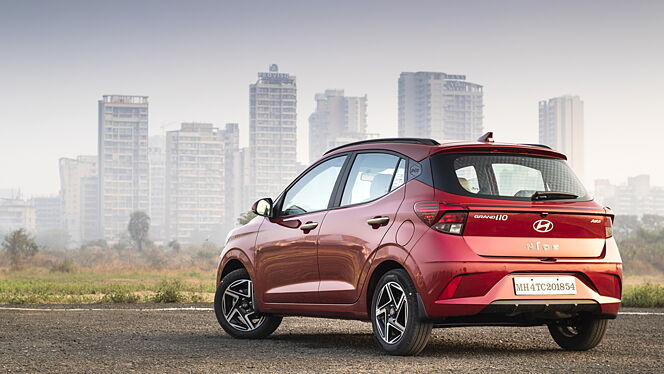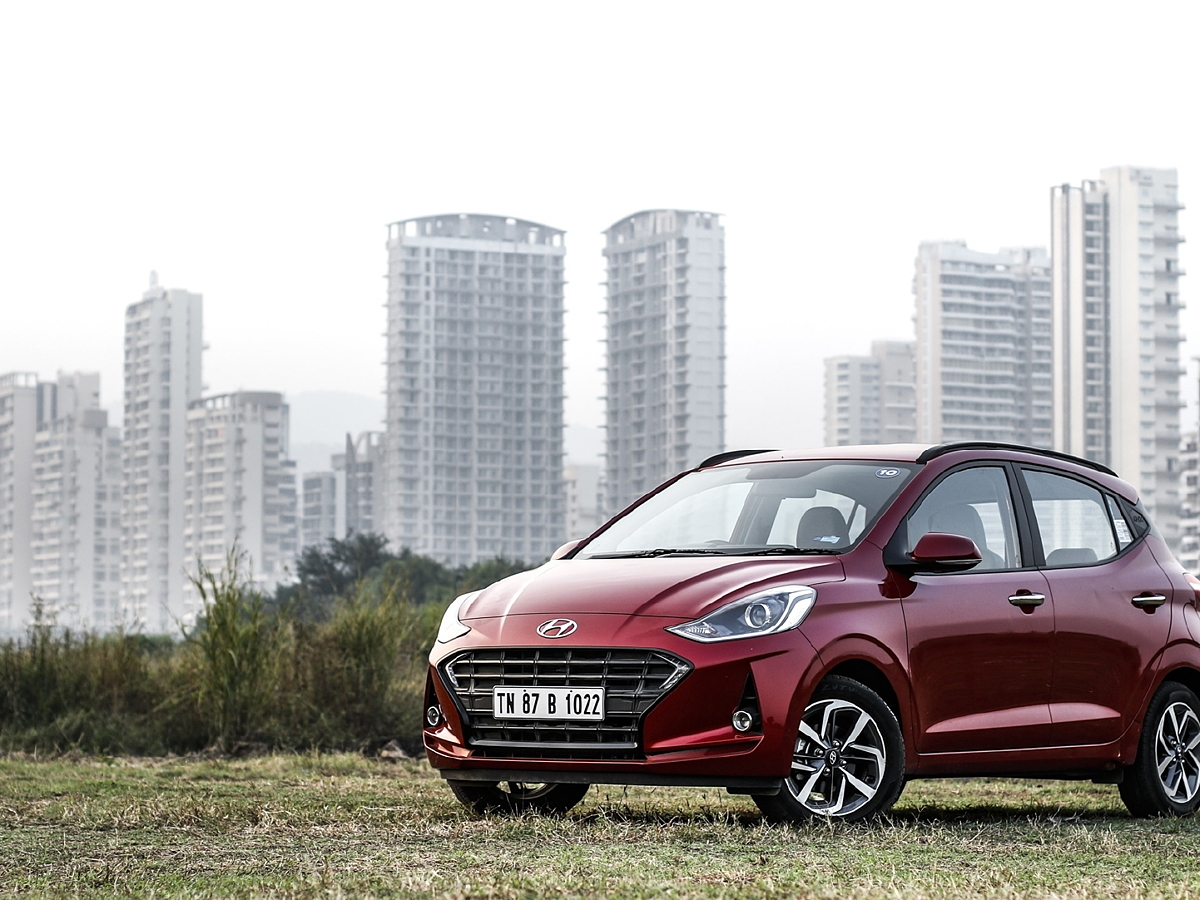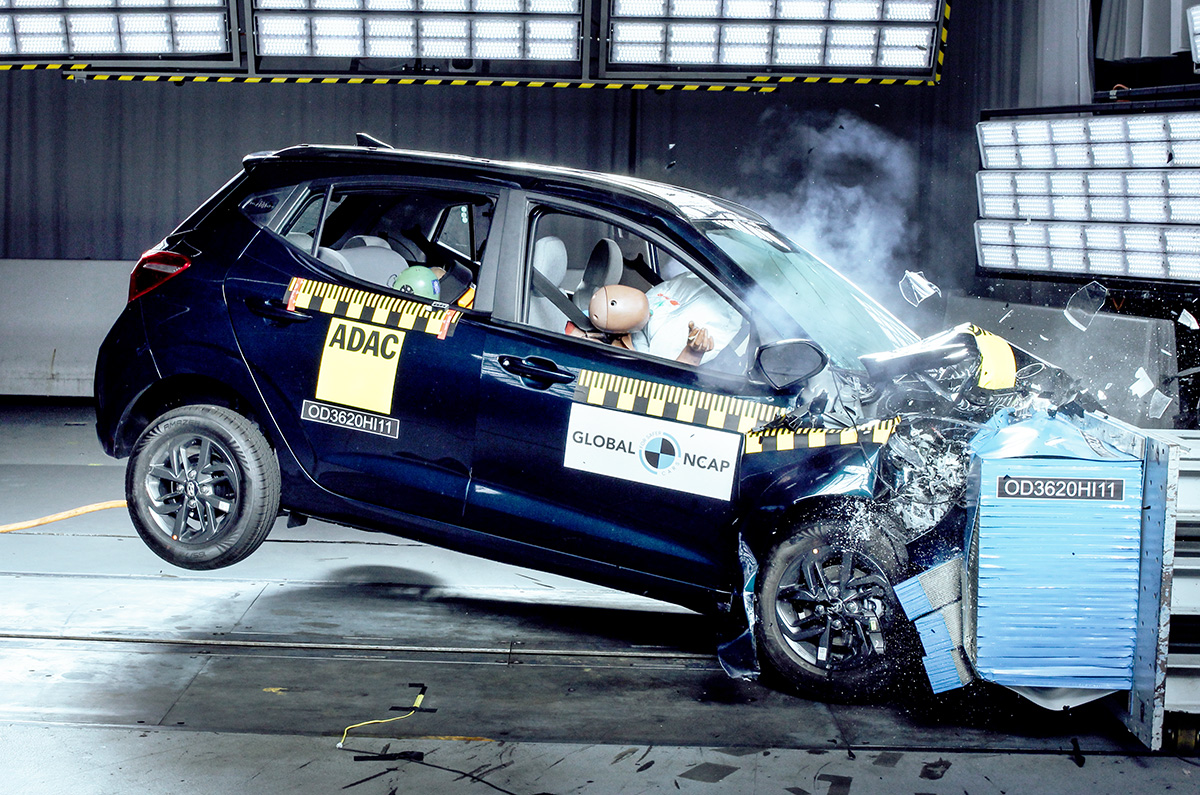Introduction
The Safety Of A Car Is A Paramount Consideration For Any Potential Buyer. In This Comprehensive Guide, We Delve Into The Safety Features And Performance Of The I10, Shedding Light On Its Safety Rating. From The Testing Methodologies To The Implications For Drivers, This Guide Aims To Provide A Detailed Understanding Of What Makes The I10 A Secure Choice On The Road.
The Hyundai I10: An Overview
- Introduction To The I10: The Hyundai I10, A Popular Subcompact Car, Is Celebrated For Its Compact Design, Fuel Efficiency, And Urban-Friendly Features. As Safety Is A Crucial Aspect Of The Driving Experience, Understanding The I10’s Safety Rating Is Fundamental For Potential Buyers.
- Evolution Of The I10: Over The Years, Hyundai Has Consistently Evolved The I10, Incorporating Advanced Safety Technologies To Align With Industry Standards And Meet The Growing Expectations Of Safety-Conscious Consumers.
The Importance Of Safety Ratings

- Why Safety Ratings Matter: Safety Ratings Are Critical Indicators Of A Vehicle’s Crashworthiness And Overall Safety Performance. These Ratings, Often Determined By Independent Assessment Organizations, Help Consumers Make Informed Decisions About The Safety Of A Car They Intend To Purchase.
- Crash Tests And Assessments: Safety Ratings Are Typically Based On Various Crash Tests And Assessments Conducted Under Controlled Conditions. These Tests Evaluate A Car’s Performance In Simulated Real-World Scenarios To Determine How Well It Protects Occupants In The Event Of A Collision.
Hyundai I10 Safety Features: A Closer Look
- Structural Integrity: The I10 Boasts A Robust And Well-Engineered Structure Designed To Absorb And Distribute Impact Forces During A Collision. The Structural Integrity Forms The Foundation Of The Car’s Safety Features.
- Airbag System: Equipped With A Comprehensive Airbag System, The I10 Ensures Protection For Both The Driver And Passengers. Frontal Airbags, Side-Impact Airbags, And Curtain Airbags Contribute To Occupant Safety In Various Collision Scenarios.
- Anti-Lock Braking System (ABS): The Anti-Lock Braking System In The I10 Prevents Wheel Lock-Up During Emergency Braking, Enhancing Control And Stability. This Feature Is Particularly Valuable In Challenging Road Conditions.
- Electronic Stability Control (ESC): Electronic Stability Control Is Designed To Assist Drivers In Maintaining Control During Sudden Maneuvers Or On Slippery Surfaces. By Selectively Applying Brakes To Individual Wheels, The I10 Enhances Overall Vehicle Stability.
Understanding Safety Testing: The Process Behind The Rating

- Independent Assessment Organizations: Safety Ratings Are Often Determined By Independent Organizations Such As The National Highway Traffic Safety Administration (NHTSA) Or The Insurance Institute For Highway Safety (IIHS). These Organizations Conduct Thorough Evaluations To Assess A Vehicle’s Safety Performance.
- Crash Test Scenarios: The I10 Undergoes A Series Of Standardized Crash Tests That Simulate Various Real-World Scenarios. Frontal Crash Tests, Side Crash Tests, And Rollover Tests Are Conducted To Evaluate Different Aspects Of The Car’s Safety Features And Structural Integrity.
- Occupant Protection: The Safety Rating Takes Into Account How Well The I10 Protects Occupants, Considering Factors Such As Airbag Effectiveness, Seatbelt Performance, And The Structural Integrity Of The Cabin During A Collision.
The Hyundai I10 Safety Rating: Implications For Buyers
- 5-Star Safety Rating: A 5-Star Safety Rating Indicates That The I10 Has Excelled In Safety Tests, Offering A High Level Of Occupant Protection And Robust Safety Features. This Rating Instills Confidence In Buyers Regarding The Car’s Crashworthiness.
- 4-Star Safety Rating: A 4-Star Safety Rating Suggests A Good Level Of Safety Performance But May Have Areas With Room For Improvement. The I10 With A 4-Star Rating Still Provides Substantial Occupant Protection But May Lack Certain Advanced Safety Features Found In Higher-Rated Cars.
- 3-Star Rating Or Below: A Lower Safety Rating May Indicate Shortcomings In Specific Safety Aspects. Buyers Should Carefully Consider The Implications Of A 3-Star Rating Or Below, As It Suggests Areas Where The I10 May Fall Short In Crash Tests And Safety Evaluations.
Comparing The I10 Safety Rating: Benchmarking Against Competitors

- Industry Standards: Benchmarking The I10 Safety Rating Against Competitors In Its Class Is Essential. Comparing Safety Ratings Allows Potential Buyers To Gauge How Well The I10 Performs Relative To Similar Vehicles In Terms Of Occupant Protection And Overall Safety Features.
- Consideration Of Testing Organizations: Different Testing Organizations May Have Variations In Their Assessment Methodologies. It’s Crucial To Consider The Specific Criteria Used By Organizations Like NHTSA Or IIHS To Ensure An Accurate And Comprehensive Understanding Of The I10’s Safety Performance.
Real-World Safety: Beyond The Ratings
- Driver Behavior And Responsiveness: While Safety Ratings Provide Valuable Insights, Real-World Safety Also Depends On Driver Behavior And Responsiveness. Following Traffic Rules, Avoiding Distractions, And Practicing Defensive Driving Contribute Significantly To Overall Safety.
- Regular Maintenance: Ensuring That The I10 Undergoes Regular Maintenance Is Vital For Sustaining Its Safety Features. Regular Checks Of Brakes, Tires, And Other Critical Components Contribute To The Car’s Overall Safety And Performance On The Road.
- Adherence To Recalls: Staying Informed About Any Recalls Related To The I10 Is Essential. Addressing Recalls Promptly Ensures That Any Identified Safety Issues Are Rectified, Maintaining The Car’s Safety Standards As Recommended By The Manufacturer.
Safety Features Evolution: Updates Over Model Years

- Manufacturer Updates: Hyundai, As A Manufacturer, Continually Evolves Its Safety Features And Technologies. Newer Model Years Of The I10 May Feature Enhancements And Additional Safety Technologies That Go Beyond The Standard Features Found In Earlier Versions.
- Advanced Driver Assistance Systems (ADAS): The Evolution Of Safety Features May Include The Introduction Of Advanced Driver Assistance Systems (ADAS). These Systems, Such As Lane Departure Warning, Forward Collision Warning, And Automatic Emergency Braking, Contribute To An Enhanced Safety Profile For The I10.
Addressing Common Safety Concerns: Faqs
- Is The I10 A Safe Car? Yes, The I10 Is Designed With Safety In Mind, Incorporating Features Such As Airbags, ABS, And ESC. The Safety Rating, Determined Through Crash Tests, Provides A Comprehensive Assessment Of The I10’s Safety Performance.
- Are Safety Features Standard Across Trims? While Certain Safety Features May Be Standard Across Trims, It’s Advisable To Review The Specific Safety Features Included In Each Trim Level. Higher Trim Levels May Offer Additional Safety Technologies Or Enhancements.
- How Often Should Safety Features Be Checked? Regular Checks Of Safety Features, Including Airbags, Brakes, And Electronic Systems, Should Align With The Manufacturer’s Recommended Maintenance Schedule. This Ensures That Safety Features Are Functioning Optimally.
Conclusion: A Secure Ride With The Hyundai I10
The Safety Rating Of The Hyundai I10 Is A Testament To The Manufacturer’s Commitment To Occupant Protection And Road Safety. By Understanding The Testing Processes, Exploring Safety Features, And Interpreting The Implications Of Safety Ratings, Potential Buyers Can Make Informed Decisions About The I10 As A Secure And Reliable Choice On The Road. As Technology Advances And Safety Standards Evolve, The I10 Continues To Uphold Hyundai’s Dedication To Providing A Safe Driving Experience For All.

